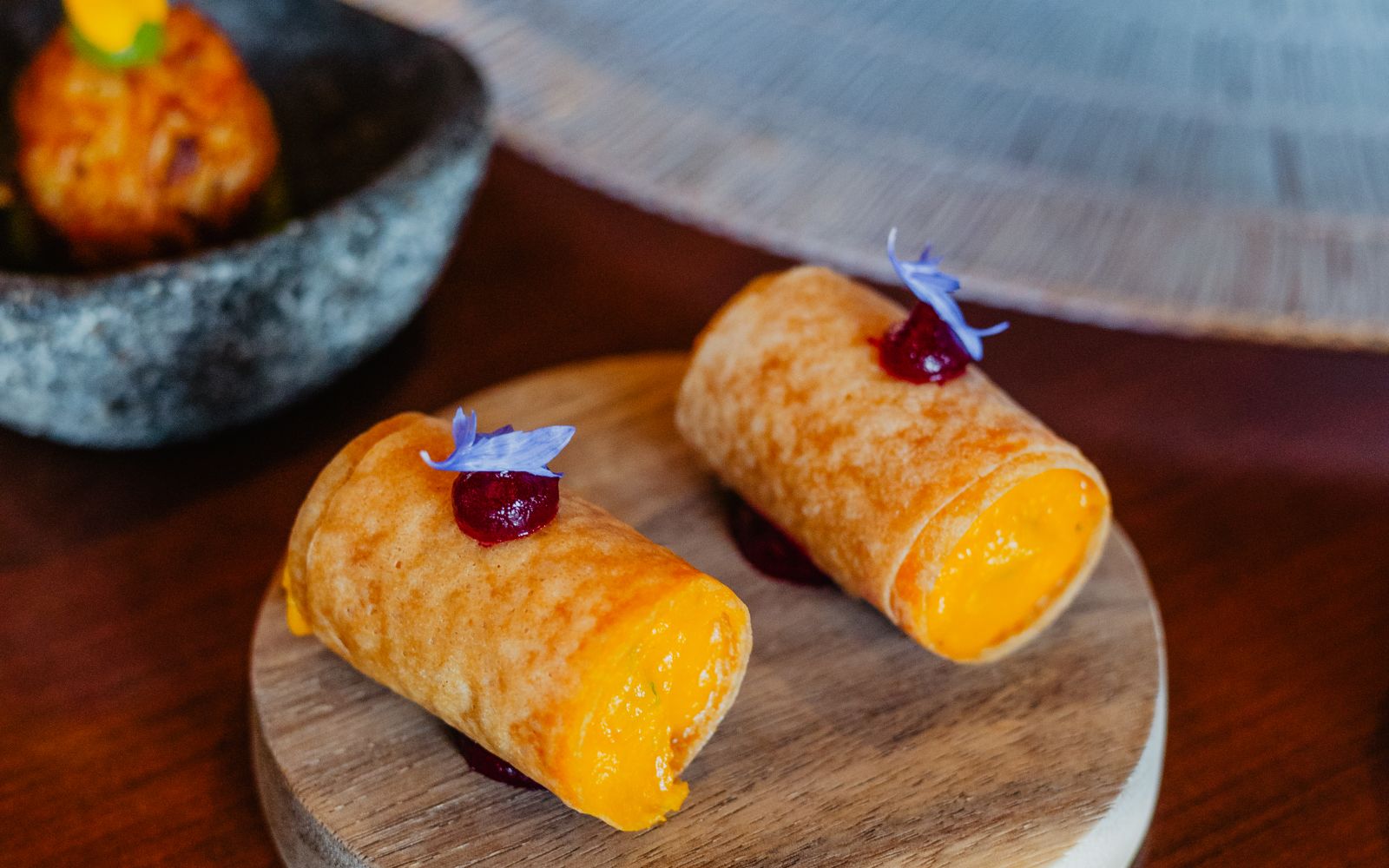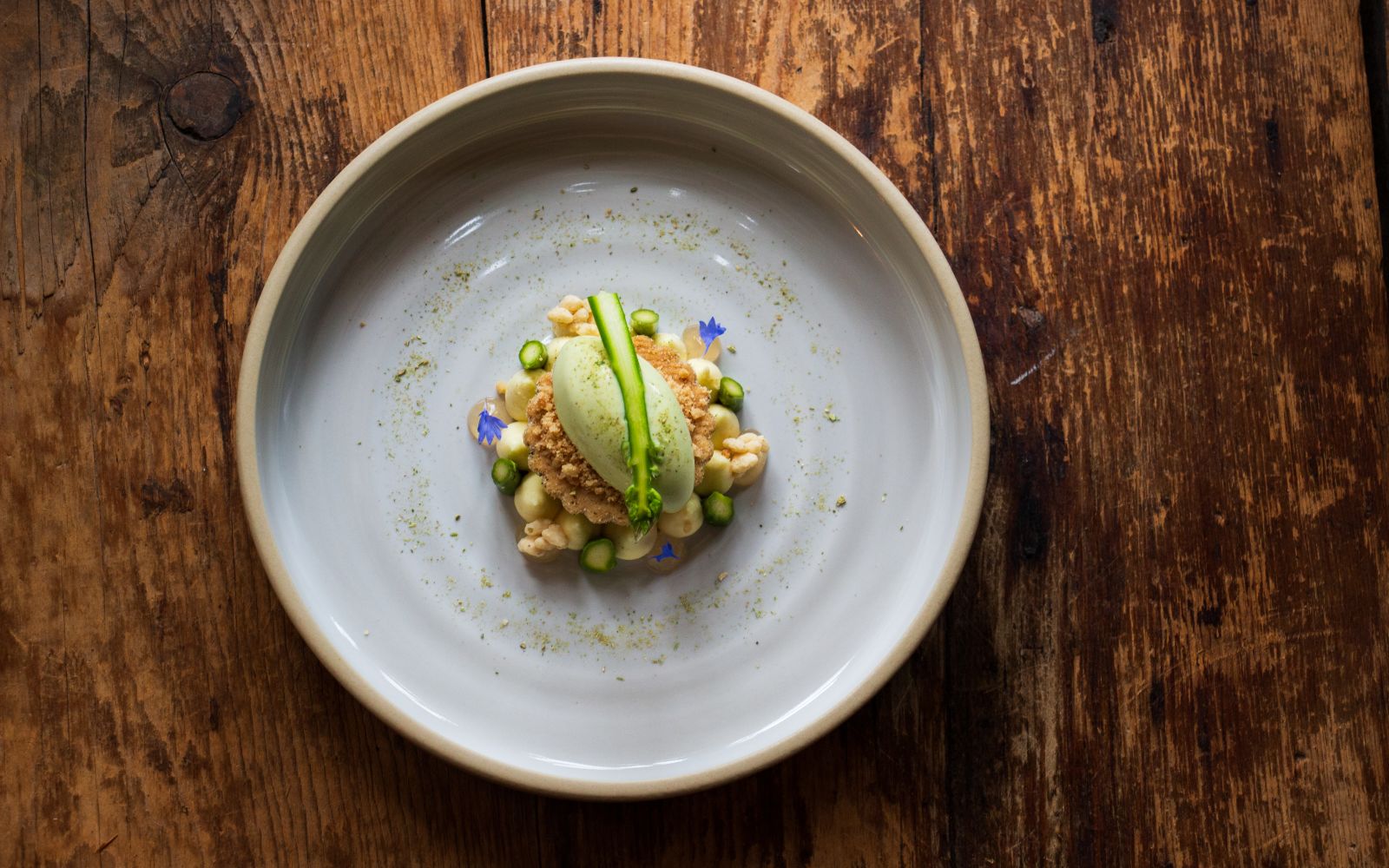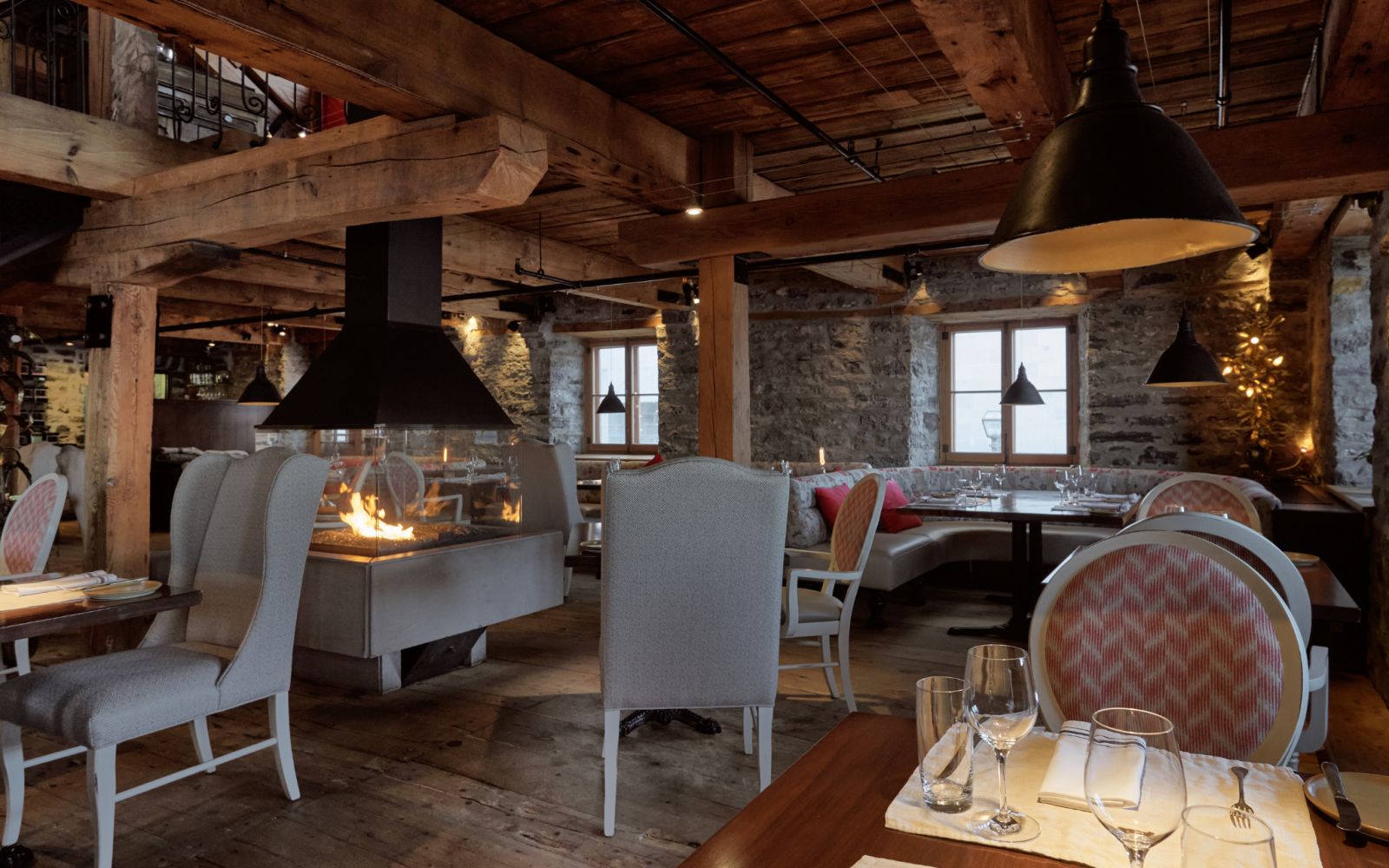The Farm
Sustainable farming for our Cuisine

 .
. 
Our farm has been in existence since 2006 and Alexandre Faille is the market gardener since 2009. The gardens of Auberge Saint-Antoine are located on the Price family property in Saint-Laurent de l'Île d'Orléans. Thanks to this farm, our restaurant's menu offers harvests over 10 months of the year and for certain dishes throughout the year.
FREEDOM TO CREATE - Trained in organic agriculture, our market gardener works in concert with the chefs and together they create a real signature for Chez Muffy's cuisine. Alexandre conducts research all year long, delving into the culinary roots of Quebec and Île d'Orléans without limiting himself to these roots, as his curiosity also leads him to draw inspiration from market gardening trends around the world. Thus, in the kitchen, ancestral varieties of corn for flour production, peas from Charlevoix, Savignac tomatoes and Roscoff onions are used to create a unique and tasty dish that has stories to tell! All this, not to mention the field work he does in constant dialogue with the chefs who taste, experiment and guide the choice of vegetables.
BIODIVERSITY FIRST - Beyond the selection of varieties, Alexandre's approach is rooted in the preservation and enhancement of biodiversity. On the farm, there are nesting boxes for birds and pollinators, plants that attract beneficial insects, and soon, intercropping fruit trees will also feed this vision. Finally, you can also find beehives, installed near the crops.
ENVIRONMENT AT THE HEART OF OUR VISION - The gardens, cultivated without any chemical input, represent 5,000 m2 of land on which more than 30 fruits and vegetables grow, which can be of up to 20 different varieties. There are also various natural environments on the farm, such as fallow land, a maple grove and woodlands, allowing for the harvesting of a wide variety of wild edible plants. Fiddleheads, erythrone leaves, daylily shoots, elderflowers and much more are used to reflect the seasonality of our territory in a cuisine that is sensitive to its environment. These harvests are systematically practiced with a concern for eco-responsibility in order to ensure their sustainability.





